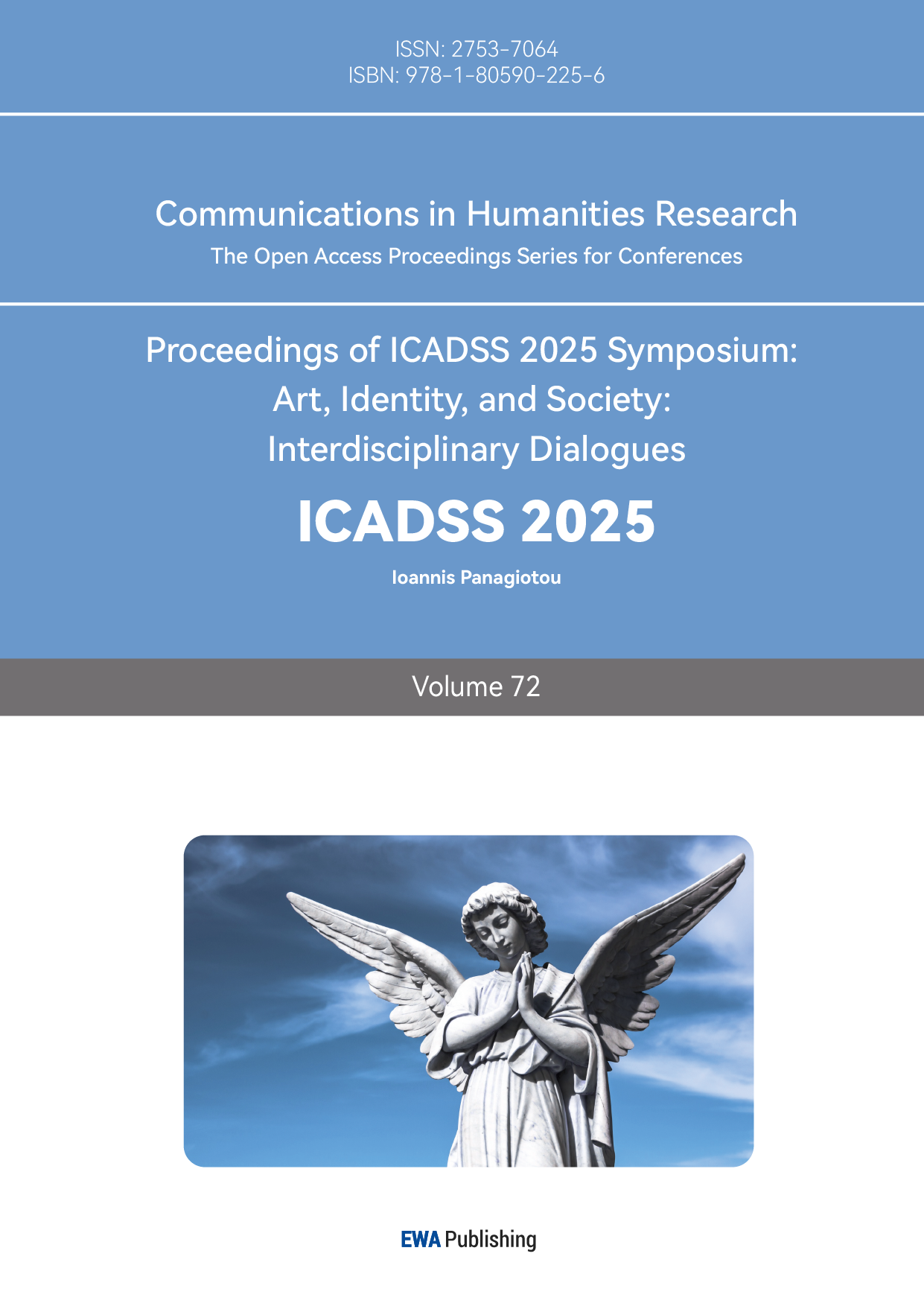References
[1]. Liu, R. (2024) “Hmm. Let’s Talk About Xiaohongshu. And TikTok Refugees. ” Sohu. com. Available at: https://www. sohu. com (accessed 2024).
[2]. Zhao, Y. and Tao, X. H. (2024) Characterization, Generation and Adjustment of Netizens’ Digital Identity Anxiety in the Era of Social Media. Young Reporter.
[3]. Gao, Y. M. and Zhang, B. J. (2025) The Convergence of Digital Empowerment and Cultural Soft Power: The Folk Field of International Communication of Xiaohongshu. Journal of Hebei Normal University.
[4]. Melowitz, J. (2002) Disappearing Region: The Impact of Electronic Media on Social Behavior [M]. Trans. Xiao Zhijun. Beijing: Tsinghua University Press.
[5]. Hogan, B. (2010) The Presentation of Self in the Age of Social Media: Distinguishing Performances and Exhibitions Online. Bulletin of Science, Technology & Society, 30(6), 377–386.
[6]. Yu, G. M. (2011) New Horizons of Media: Frontier Exploration of Chinese Media Development. Beijing: Xinhua Publishing House.
[7]. Porter, J. (2012) Media Literacy (4th ed. ). Trans. Li Degang. Beijing: Tsinghua University Press.
[8]. Wang, N. , Yin, J. , Ma, Z. and Liao, M. (2021) The Influence Mechanism of Rewards on Knowledge Sharing Behaviors in Virtual Communities. Journal of Knowledge Management, 26(3), 485–505.
[9]. González-Anta, B. , Pérez de la Fuente, I. , Zornoza, A. and Orengo, V. (2023) Building Sustainable Virtual Communities of Practice: A Study of the Antecedents of Intention to Continue Participating. Sustainability, 15(21), 15657.
[10]. Gai, T. , Wu, J. , Cao, M. , Ji, F. , Sun, Q. and Zhou, M. (2023) Trust Chain Driven Bidirectional Feedback Mechanism in Social Network Group Decision Making and Its Application in Metaverse Virtual Community. Expert Systems with Applications, 228, 120369.



